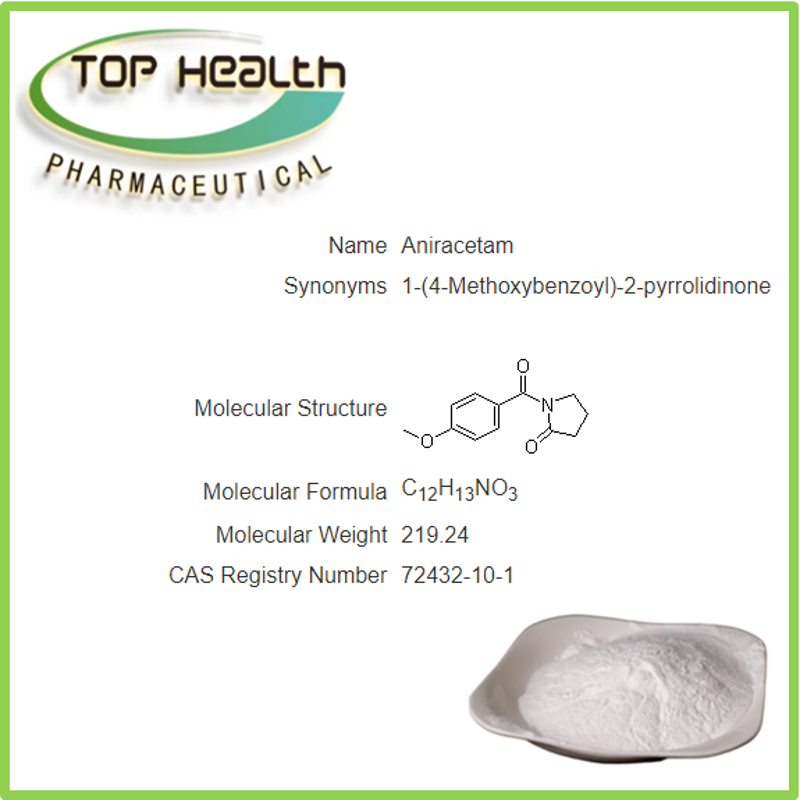-
Categories
-
Pharmaceutical Intermediates
-
Active Pharmaceutical Ingredients
-
Food Additives
- Industrial Coatings
- Agrochemicals
- Dyes and Pigments
- Surfactant
- Flavors and Fragrances
- Chemical Reagents
- Catalyst and Auxiliary
- Natural Products
- Inorganic Chemistry
-
Organic Chemistry
-
Biochemical Engineering
- Analytical Chemistry
- Cosmetic Ingredient
-
Pharmaceutical Intermediates
Promotion
ECHEMI Mall
Wholesale
Weekly Price
Exhibition
News
-
Trade Service
Editor’s note iNature is China’s largest academic official account.
It is jointly created by the doctoral team of Tsinghua University, Harvard University, Chinese Academy of Sciences and other units.
The iNature Talent Official Account is now launched, focusing on talent recruitment, academic progress, scientific research information, interested parties can Long press or scan the QR code below to follow us
.
The accumulation of iNature hyperphosphorylated tau in neurons is a hallmark pathology in more than twenty neurodegenerative diseases, collectively referred to as tau lesions, including the most common Alzheimer's disease (AD)
.
Therefore, the selective removal or reduction of hyperphosphorylated tau protein is expected to be used in the treatment of AD and other tau protein diseases
.
On July 14, 2021, Wang Jianzhi and Zheng Jie of Huazhong University of Science and Technology jointly published a research paper entitled "A novel dephosphorylation targeting chimera selectively promoting tau removal in tauopathies" in Signal Transduction and Targeted Therapy (IF=18.
19).
The study designed and synthesized a new type of dephosphorylation targeting chimera (DEPTAC) to specifically promote the binding of tau to protein phosphatase 2A (PP2A-Bα) containing the Bα subunit, which is the most active tau phosphate in the brain Enzyme
.
DEPTAC dephosphorylates tau at multiple AD-related sites and shows high efficiency in preventing tau accumulation in vitro and in vivo
.
Further research showed that DEPTAC significantly improved microtubule assembly, neurite plasticity, and hippocampal-dependent learning and memory in transgenic mice
.
In conclusion, the research data provides a strategy for the selective removal of hyperphosphorylated tau, which provides new ideas for the targeted therapy of AD and related tau protein diseases
.
The intraneuronal accumulation of neurofibrillary tangles, mainly formed by hyperphosphorylated tau, is a hallmark of a series of neurodegenerative diseases called tauopathy, including Alzheimer's disease (AD), which is the most common in the elderly Forms of dementia
.
Recently, tau accumulation in AD has been reduced through the use of tau antisense oligonucleotides, antibodies, proteolytic targeted chimera (PROTAC), and structure-based tau aggregation inhibitors
.
It is well known that tau hyperphosphorylation can cause abnormal tau aggregation and induce neurodegeneration in the brain with AD and related tau lesions.
However, there is currently no strategy specifically targeting post-translational tau phosphorylation
.
Inhibits serine/threonine protein kinases, such as glycogen synthase kinase-3β (GSK-3β), cyclin-dependent kinase-5 (CDK-5) and extracellular signal-regulated kinase 1/2 (ERK1/2) , Can improve tau hyperphosphorylation and pathology in AD
.
However, kinase inhibitors show poor selectivity in reducing tau phosphorylation
.
Another strategy to inhibit tau hyperphosphorylation is to enhance tau phosphatase
.
Among the currently identified tau phosphatases, protein phosphatase 2A (PP2A) is the most active in the dephosphorylation of tau protein in vitro and in vivo
.
PP2A heterotrimeric holoenzyme by the bracket body subunit A, regulatory subunit B (identifying and targeting substrate) and a catalytic C subunits composition
.
There are many PP2A subfamilies, among which the Bα-containing isoform shows the highest efficiency in dephosphorylating tau
.
In view of the loss of PP2A function in the AD brain, drug enhancement of PP2A activity should be a promising method to prevent AD-related tau hyperphosphorylation, but it should be noted that non-selective pharmacological PP2A activators may cause difficulties Tolerate side effects, because PP2A is a key regulator involved in multiple cellular metabolic processes
.
Inspired by tau PROTACs, it can specifically recruit E3 ligase or proteolysis-related molecular chaperones to degrade tau.
This study designed and synthesized a new type of dephosphorylation targeting chimera (called DEPTAC) to select Sexually promote the connection between tau and PP2A-Bα
.
By using DEPTAC, the specific and effective elimination of AD-like hyperphosphorylated tau was achieved in vitro and in vivo
.
Reference message: https://







